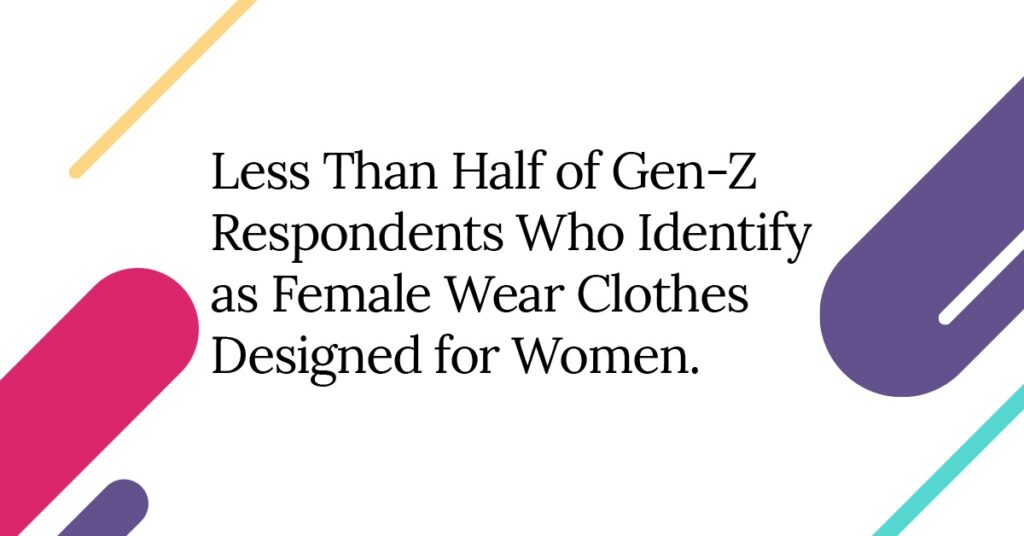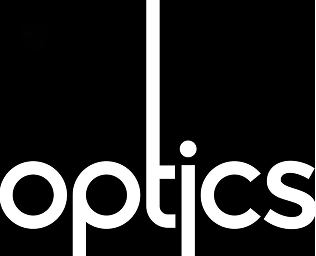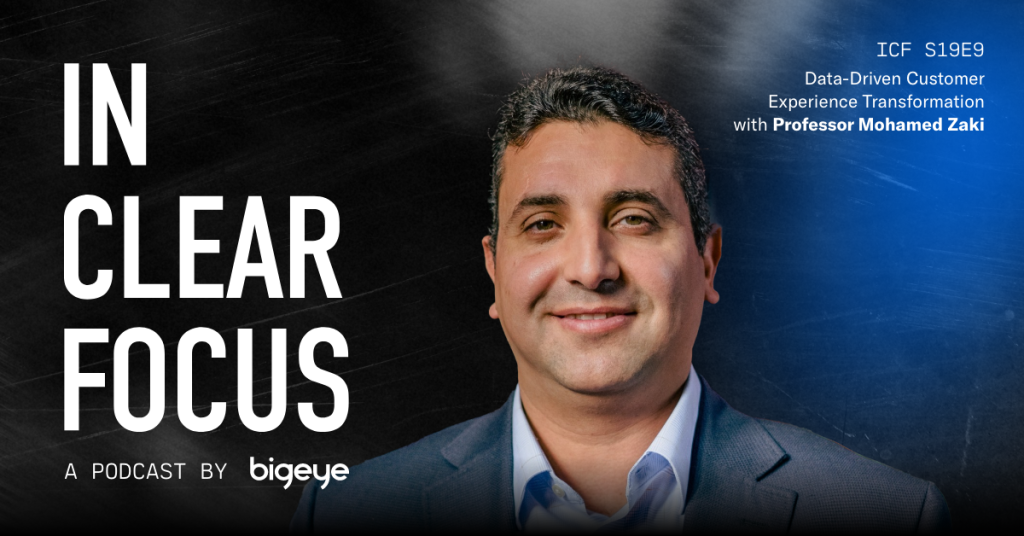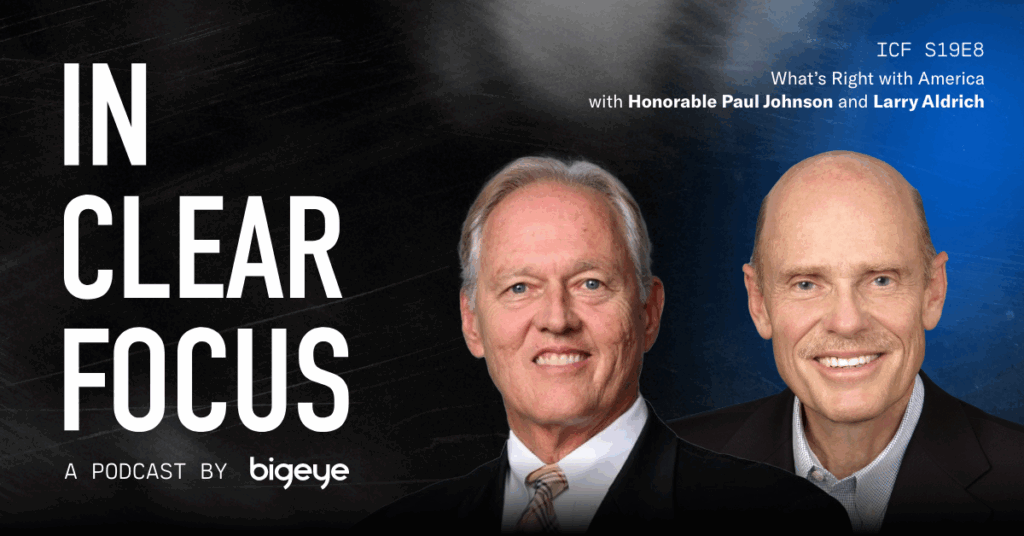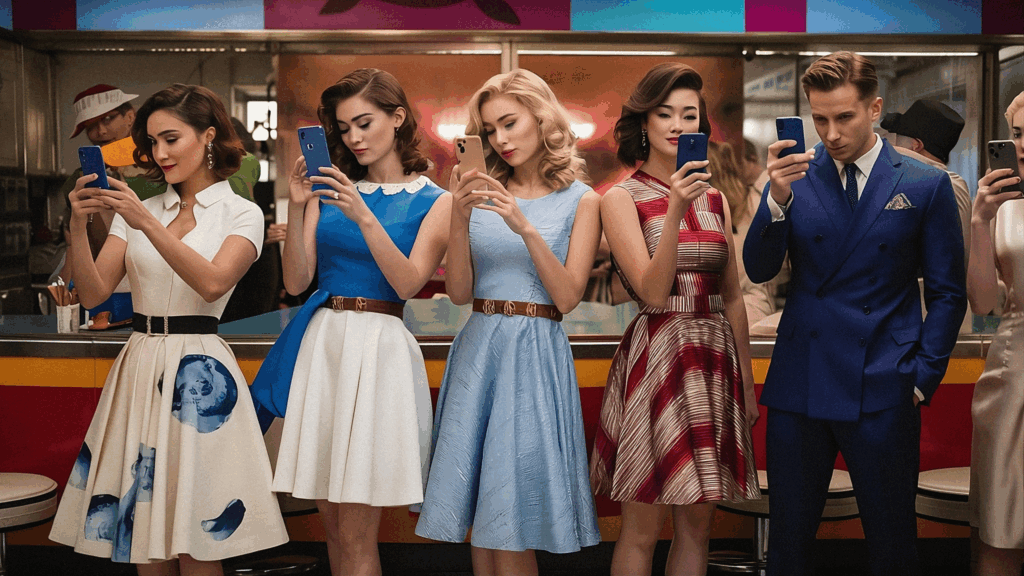Gen Z wants gender inclusion, and brands that conduct customer persona research may uncover a larger market with these younger buyers.
In a week when a lot of the news covered a tragic fire caused by a so-called gender reveal party, it’s sort of ironic to realize that today’s babies may not grow up to view gender the same way their parents do at all.
Of course, babies get an assigned sex at birth. At the same time, Gen Z has already disrupted ideas about gender that their Baby Boomer, Millennial, and Gen X parents and grandparents just took for granted. The sex assigned at birth may or may not describe how individuals will grow up to view themselves.
And the way that people view themselves obviously influences the sorts of products they buy and even which businesses they choose to purchase those products from. Find out what marketers need to understand about changing perceptions of gender. This will help inform customer persona research, product development, and all aspects of marketing.
How Gen Z Attitudes About Gender Have Changed
According to Pew Research, Gen-Z generally refers to people born after 1996. That means that some are young adults but many are still children. Right now, most surveys of this generation include people who are at least 13 years old. It’s possible that younger children will eventually form their own generation. Even so, Gen-Z will likely influence the attitudes of those that come after them.
Most importantly, Pew also found that members of Gen Z tend to have very different attitudes about gender norms than their parents and grandparents. For some examples, Gen Z members tend to have:
- A comfort with gender-neutral pronouns: They’re most likely to know people who prefer gender-neutral pronouns for themselves. These younger people feel comfortable referring to an individual as “they” to avoid using “he” or “she.”
- A preference for more than two gender options: They tend to believe that gender options on forms or surveys should include selections besides the traditional male or female. Leaving these out may skew results of marketing surveys and other data gathering. In the worst case, leaving out other gender options can even offend some respondents.
- A desire for inclusion and diversity: Gen Z generally feels that society should act more accepting to people who don’t define themselves in traditional roles. Since consumers tend to patronize companies they identify with, accepting changing gender definitions and promoting inclusion can help attract this market.
In Bigeye’s national research study, Gender: Beyond The Binary, we found that 50% of Gen Z respondents believe that gender is a spectrum, not a binary. Marketers must understand the shifting views toward traditional gender roles to cater to younger audiences’ changing needs.
An Audience Analysis Agency Perspective on the Positive Side of Disrupting Gender Norms
According to The Robin Report, a magazine for retail, fashion, and beauty executives, failing to account for changing gender norms can mean losing out on billions of dollars that Gen-Z and younger Millennials spend on retail goods. Some changes may prove quite simple.
These are some suggestions to help target audience demographics of Gen-Z better:
- Consider gender-neutral packaging: Sure, young women have been purchasing “boyfriend” jeans for decades, but young men may also prefer to purchase a certain brand’s clothes and beauty products if they didn’t appear targeted solely to women. Consider using diverse models and maintaining authenticity by resisting the urge to dramatically Photoshop images.
- Consider genderless products: Well-established luxury brands have introduced genderless fashion and even coed fashion shows. As an example, Abercrombie introduced a children’s line of genderless clothes, which appealed to progressive parents. Also, Victoria’s Secret made news by hiring a transgender model.
- Don’t overlook the other genders: For instance, many cosmetics companies targeted their marketing to women. At the same time, one survey found that over half of men admitted to using at least one cosmetic product during 2018. These products included concealers and foundations. By embracing gender diversity, beauty companies can tap a huge market.
How an Audience Targeting Agency Can Welcome Gen Z Consumers
If today’s brands want to grow by engaging an audience of younger people, they should stop limiting their potential by restricting themselves to traditional notions of gender. An audience insights agency may help businesses uncover some surprising news about a product’s potential market. And really, if a company just has to bend some gender rules to attract an audience, then that surprising news is really good news.
Interested in learning more about the attitudes and perceptions about gender? Download Bigeye’s national research report Gender: Beyond The Binary.
